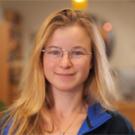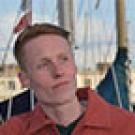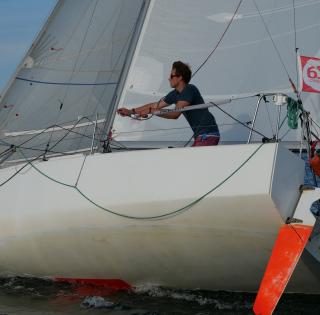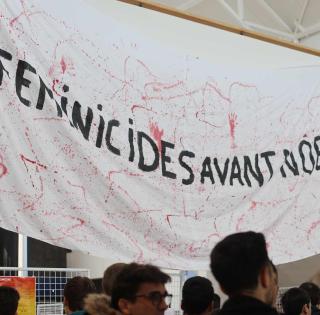

The route, the ports of call and the partnerships had all been well thought out in advance of the voyage, but as with any voyage, unexpected things happen…
Just as well that nothing turned out as anticipated! When you embark on a sailing voyage, you embrace uncertainties!
Even when they lost the yacht's rudder in mid-Atlantic, the two sailors kept smiling.
After hearing the autopilot alarm, we realized that we were losing our rudder. It slipped out of our hands, and it was too late to do anything. So, to cope with the tension and stress, we laughed and sang "My rudder, my battle" to the tune of Daniel Balavoine’s song "Mon fils, ma bataille", our most emblematic work to date!

Taina and Charlotte, two ingenious engineers, took turns night and day to stay focused and find the best solution. In the end, they were able to get closer to the island of Faial, in the Azores, by using ropes left trailing behind the boat. Then, by combining two booms, they were able to maneuver on arriving in the port of Horta, at the end of this colorful Atlantic crossing.

Over their year-long voyage, they covered almost 10,000 nautical miles. The many hours spent at sea in close quarters mean that you have to learn to live together.
The biggest challenge for both of us was the human one.
A challenge they met with flying colors.
When you're on land, life means you don't have time to ask yourself all the questions you'd like to. You don't take enough time to understand yourself. A sailing voyage means hours and hours of letting go and contemplation, in a form of meditation.

These days of introspection ended with an often-violent return to land. Insistent stares, dubious jokes and sexist remarks were part of the daily routine at ports of call. While such moments did mar the voyage, they didn't dampen Taina and Charlotte's spirits.
We'd like to stress that not everything was idyllic. But what we remember most are the incredible encounters we made. For example, when we were in French Guiana, on the Salvation Islands, we met Joe, a legionnaire who was the caretaker of the St Joseph Island. We couldn't visit the islands because of the currents and our boat. So, he picked us up by boat and showed us around his island, steeped in history. It was a wonderful moment which reminded me of my family in Polynesia,
said Taina.
Throughout their adventure, they were keen to share their experience. In particular, they discussed ideas with high school students who had recently arrived in France and were learning French in an allophone (UPE2A) class in Besançon.
Their teacher used our voyage project as the basis for her lesson. They asked us questions in their own languages and in French, and we answered them. We were really moved by some of their questions, such as "Why did you undertake this voyage?" It was a constructive discussion for them as well as for us.

A few days after their return, Taina was back at ENSTA Bretagne to finish her course as a hydrographic engineer. Over the course of this gap year, she developed many skills that will be useful in her future job, and also collected a great deal of data.
Before we left, Antoine Cousot, a co-founder of Oceanovox, gave us one of his sensors, and Pierre Bosser, a professor at the school, installed a GNSS antenna to estimate the concentration of water in the atmosphere.
As for Charlotte, a recent graduate in naval architecture, she has chosen to take time out to make the "Into the Wakes" adventure last in other ways. At the same time, she's planning a professional entrepreneurial adventure that echoes this fantastic adventure!













